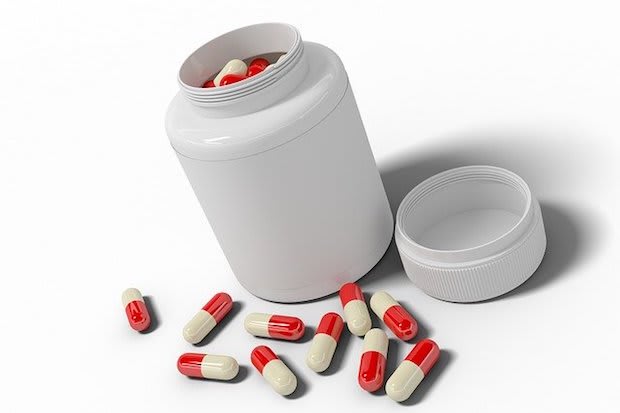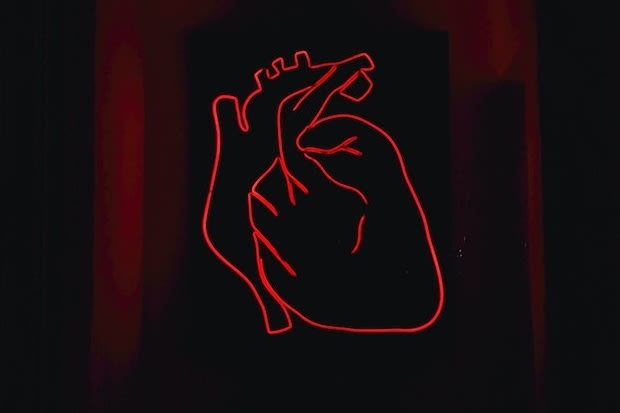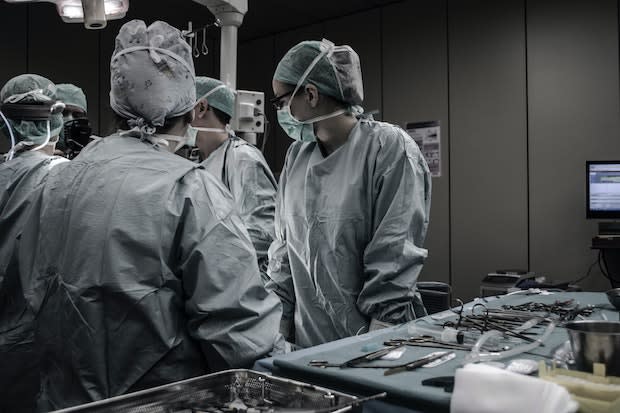Table of Contents
I. What is the Function of Blood Thinners?
III. What Conditions Require Blood Thinners?
IV. Possible Risks of Blood Thinners
What is the Function of Blood Thinners?
Over eight million people in the U.S.A. are currently on a blood thinner. The main function of blood thinners is to prevent blood clots, which can stop blood flow to the heart. [1] Blood thinners like Coumadin (warfarin), Elmiron (pentosan polysulfate sodium), or Eliquis (apixaban) can stop the formation of blood clots that may cause a heart attack or stroke. The blood contains clotting factors to form clots when you are bleeding. This is an essential process for the body; otherwise, your cuts and scrapes would bleed endlessly.
For some people, their clotting processes may malfunction and create clots in the bloodstream that may obstruct blood flow. This is where blood thinners come into play. Drugs like coumadin work by blocking the production of Vitamin K, which reduces the clotting factor. [2]
Eliquis works similarly by blocking a protein called factor Xa. This protein works as an anticoagulant and lowers the risk of blood clot formation. Vitamin K is also essential in the synthesis of factor Xa. Elmiron is a slightly different medication that is typically used for bladder inflammation (interstitial cystitis) and acts as a weak blood thinner. Read on to learn more about blood thinners. [3]
There are two main types of blood thinners: anticoagulants and antiplatelets. These blood thinners operate on the bloodstream differently and are used in different clinical settings, depending on your risk for blood clots. Anticoagulants are used to prevent clots in blood vessels. There are two distinct forms of anticoagulants. One form blocks the effect of Vitamin K, which is needed to make clotting factors. Blocking this vitamin makes it harder for blood clots to form over time. It usually takes two to three days for Vitamin K anticoagulants to work fully. The other type of anticoagulants prevents a blood chemical called thrombin from working properly. This type prevents fibrin from being made from fibrinogen (a protein in blood plasma formed by thrombin). This type works quickly within two to four hours. Anticoagulants are necessary if you already have a blood clot and suffer from deep vein thrombosis or a clot in the lung (pulmonary embolism). They keep the clot from getting larger. Coumadin (warfarin), Elmiron (pentosan polysulfate sodium), and Eliquis (apixaban) are all anticoagulants. [4] Unlike anticoagulants, antiplatelets are used to prevent clots before they form. These drugs stop cells in the blood (platelets) from sticking together and forming a clot. Platelets are responsible for rushing to a wound to prevent bleeding. Aspirin contains small amounts of antiplatelets, and a daily aspirin routine is recommended for many people at risk for heart attack or stroke. A low dose reduces inflammation in the arteries and prevents the development of heart disease. [5] If you have had a cardiovascular event in the past, you will likely be prescribed a daily antiplatelet as well. It is essential to continue your antiplatelet treatment to ensure the health of your heart and body. The bloodstream is integral to the entire body's functioning, so several conditions may occur if you are at risk for blood clots. Your doctor may prescribe blood thinners if you have: Atrial fibrillation: A fast irregular heartbeat can increase your risk of blood clots, stroke, or heart failure. Around 2.7 million Americans have this condition. This condition causes the upper chambers of the heart to beat irregularly. Around 15 to 20 percent of people who have strokes also have atrial fibrillation. [6] Mechanical Heart Valve: If you need a heart valve replacement, you may receive a durable manufactured mechanical valve. Blood clots may lodge in the hinges of this mechanical valve and increase the risk of clots. [7] Endocarditis: This infection affects the tissue that lines the heart chambers. It usually develops slowly over time and may be deadly if left untreated. [4] Mitral Stenosis: The heart's mitral valve does not open properly and may block blood flow into the heart's left chamber. It can make you tired and short of breath. Blood clotting disorders: If you have thrombophilia, you have an imbalance of clotting proteins, making you more prone to developing clots. Factor V Leiden is another clotting disorder, resulting in a mutation of the blood’s clotting factors. It increases your risk of developing abnormal blood clots in the lungs or legs. [8] Post-surgery: If you have recently had surgery on your hip or knee, your doctor may prescribe a blood thinner to prevent blood clots from forming near the surgery site and traveling to other parts of the body. Blood thinners must be taken cautiously and responsibly. Because they prevent clotting factors, there is always a risk of excessive bleeding. It would be best if you were careful when performing activities that could cause injury. You should talk to your doctor if you experience the following while taking blood thinners: The content in this article is intended for informational purposes only. This website does not provide medical advice. In all circumstances, you should always seek the advice of your physician and/or other qualified health professionals(s) for drug, medical condition, or treatment advice. The content provided on this website is not a substitute for professional medical advice, diagnosis, or treatment.
Types of Blood Thinners
a. Anticoagulants
b. Antiplatelets

What Conditions Require Blood Thinners?

Possible Risks for Blood Thinners
